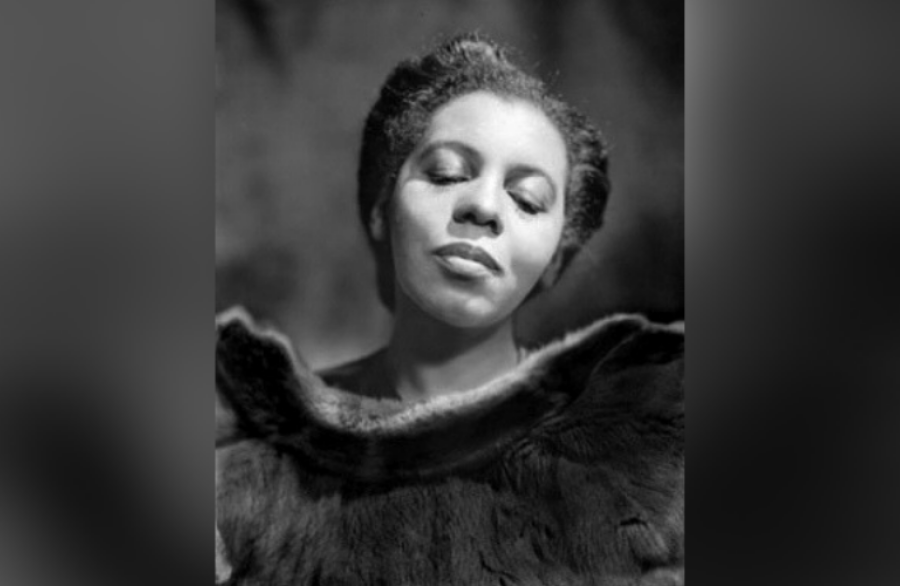While many Canadians know about Black American icons like Rosa Parks and Martin Luther King Jr., our own Black history is largely unrecognized. As a baseline for understanding contemporary racial issues in our country, every Canadian can learn and take inspiration from these African Canadians who remain pillars of our national history.
Thornton and Lucie Blackburn
You may unsubscribe from any of our newsletters at any time.
The couple first made history in 1833, when they were imprisoned in Detroit by a slave catcher and awaited their return to enslavement in Kentucky, despite Michigan’s “free state” status, according to a scholar who wrote a book about the couple. Supporters both Black and white helped them escape from prison and into Upper Canada, which resulted in the infamous “Blackburn Riots.” Lieutenant Governor John Colborne denied American authorities’ request to have the couple returned, which set the precedent for extradition laws between Canada and the U.S.
Upon settling in Toronto, Thornton Blackburn noticed a lack of public transportation. He had a four-seat, horse-drawn carriage constructed and started Toronto’s first taxi service, which he called “The City,” according to BlogTO. The red and yellow colours of his carriage were reflected in those of the city’s transit system for many years.
The Blackburns also advocated to end slavery, building homes as inexpensive housing for African-American refugees. There are two commemorative plaques in their honour — near the Inglenook Community High School in Toronto and in Louisville, Ky.
There are no known photos of the couple, but in 1985, a dig at the Inglenook school site uncovered pieces of the Blackburns’ house, shed and cellar. The Canadian government has recognized them as persons of national historic significance.

Willie O’Ree
Born in 1935 in Fredericton, N.B., O’Ree only played 45 games in the National Hockey League, but his legacy as the league’s first player of colour continues today.
O’Ree first played for the Boston Bruins against the Montreal Canadiens in 1958 and scored four goals and 10 assists the following season. He was traded to the Canadiens in 1961, but never played for them, although he enjoyed success in the minor leagues until 1979. He was also legally blind in one eye.
After O’Ree, it wasn’t until 1974 that another Black player joined the NHL, when Mike Marson started to play with the Washington Capitals.
O’Ree endured many racist taunts from other players and fans. After his career was over, he joined the NHL’s diversity task force. Players now have to complete diversity training before seasons start, and can face fines and/or suspensions for race-based verbal abuse during matches.
He has received numerous awards, including the Order of Canada in 2008 and a long-overdue induction into the Hockey Hall of Fame in 2018. The NHL also created a community hero award in his name and this year, and a documentary about his life, titled “Willie”, will be released later this year.
Portia White
White overcame profound racism to become the first internationally-acclaimed Black Canadian concert singer.
She was born in Truro, N.S. in 1911. As a pastor’s daughter, she joined the church choir at age six, and walked 16 kilometres for her weekly music lessons when she was only 10.
White graduated from Dalhousie University and worked as a teacher while also giving occasional amateur performances, but did not sing professionally until she was 30 years old. She faced a lot of difficulty obtaining bookings because of her race. She became the first Canadian to perform at New York’s Town Hall in 1944.
As a performer, she toured the world from 1945 to 1948 but retired from singing due to problems with her voice. She moved to Toronto in 1952 to study at the Royal Conservatory of Music, and taught voice at Branksome Hall for Girls, with private students like Dinah Christie and Robert Goulet.
White performed only a few concerts after retiring, including one for Queen Elizabeth II. Her last performance was in July 1967, and she died on Feb. 13, 1968.
White was named a person of national historic significance by the Canadian government in 1995. She was also featured on a 1999 stamp.

Addie Aylestock
Rev. Aylestock was the first Black woman in Canada to be ordained. Born 1909 in Glen Allan, Ont., she moved to Toronto in her teens, where she worked as a housekeeper, earning what she estimated was $15 a month. Aylestock attended the Medical Missionary College with hopes of working in Africa, but couldn’t afford missionary training in the U.S. She instead studied at Toronto Bible College and attended the British Methodist Episcopal (BME) Church. She became a deaconess, the highest position a woman could hold with the denomination at that time.
In 1951, Aylestock became the first ordained woman in the BME and continued her ministry until her death in 1998 at the age of 88.

Anderson Ruffin Abbott
Born in Toronto in 1837 to wealthy, free American parents who came to Canada for safety, Abbott became Canada’s first licensed, Canadian-born doctor of African descent in 1861. He joined the Civil War to work as a physician to the U.S. Colored Troops and received several commendations. As one of only 13 Black surgeons serving during the war, he met with Abraham Lincoln and attended to the dying president after he was shot. In gratitude, Lincoln’s widow gave Dr. Abbott the shawl Lincoln had worn to his 1861 inauguration.
Abbott returned to Canada in 1866 and eventually had three daughters and two sons with his wife Mary Anne Casey. In 1874, he was appointed the first coroner of colour for Kent County. While living in Chatham, Ont., he advocated for integrated schools, was associate editor of his denominational newspaper and in 1878, was elected president of both the Chatham Literary and Debating Society and the Chatham Medical Society.
Dr. Abbott was awarded several military honours for his service in the Civil War, and held a prestigious position at Chicago’s first American training hospital for Black nurses. He returned to Toronto in 1897 to continue his private practice and to write about race and Black history, until his passing in 1913 at age 76.














